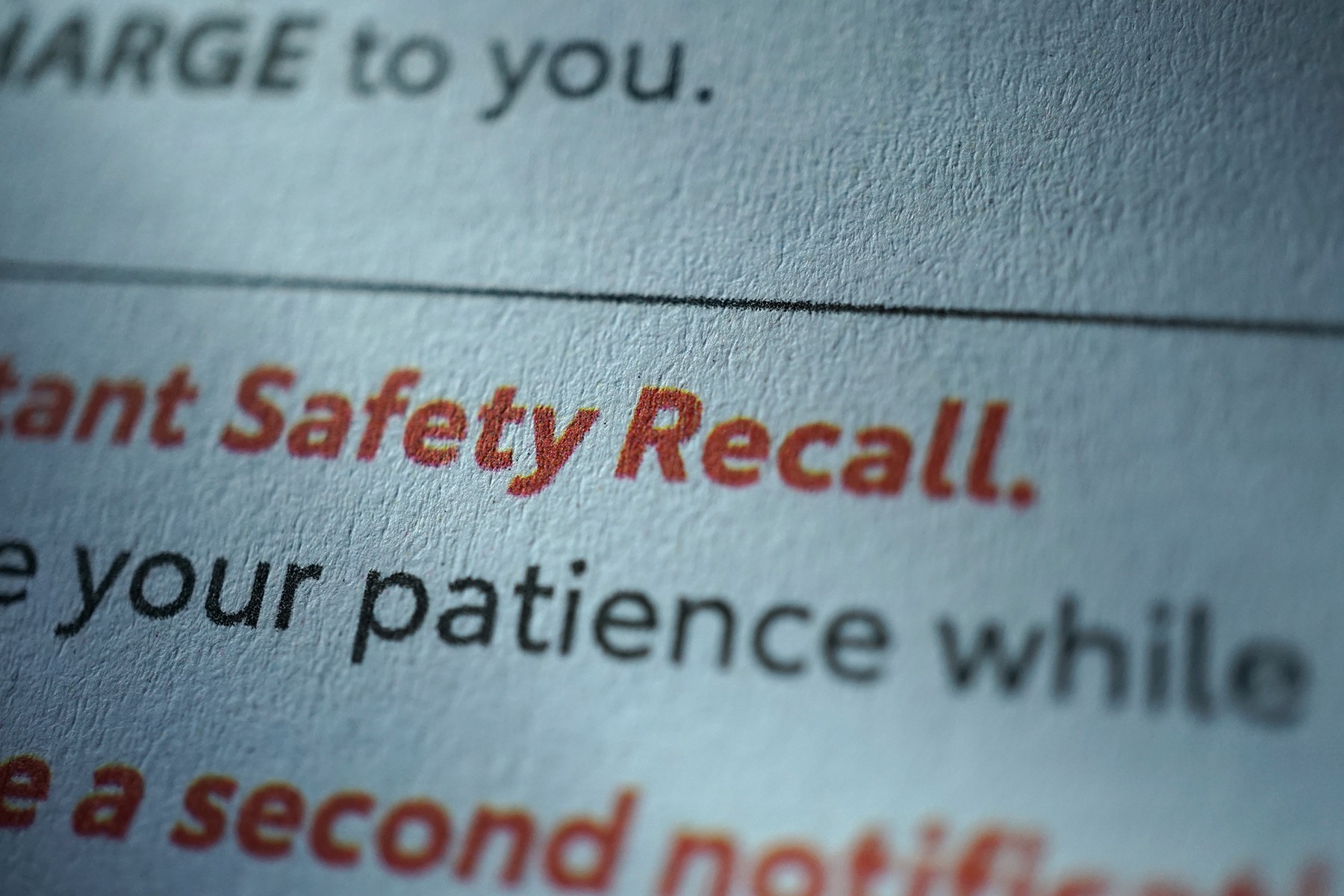Founded in 1964 with headquarters in Beaverton, Oregon, consumers recognize Nike, Inc. as the most successful sportswear brand. Operating in a competitive and fragmented industry, we can reference Nike’s dominance by its 62% share of the global sportswear market.
Nike is on track to earn over $42.3 billion in 2021, significantly more than the $34.8 billion earned across 2020 (nearly twice that of German competitor Adidas). The company is another example of a successful enterprise experiencing supply chain disruptions from the pandemic and global lockdowns.
On July 19, 2021, S&P Global Market Intelligence published a report, Nike may run out of Vietnamese-made sneakers as COVID-19 accelerates, outlining supply chain disruptions the athletic apparel brand currently endures as a direct consequence of Vietnam’s lockdowns.
Nike faces a two-to-four-month production shutdown across its external partners in Vietnam. That downtime translates into losing over 160 million shoes because of production challenges and quality management issues.
The brand with global recognition for its iconic “Swoosh,” Nike’s current supply chain disruptions reveal the importance of improving supplier quality and building the agility necessary to overcome uncertainty.
Nike’s current supply chain challenges reveals the importance of consistently improving supplier quality with advanced data analysis.
The Case for More Agile and Intelligent Supply Chains: Nike’s Production Downtime in Vietnam
In 2020, Nike moved over 900 million finished products through its global supply chain, comprising over 700 factories in 42 countries. Each product transfers to one of the brand’s 57 global distribution centers, 18,500 customer accounts, and 140,000 retail points of sale.
An early adopter of the off-shore manufacturing strategy that dominates the global apparel industry, Nike works with over 600 manufacturing partners worldwide, though it doesn’t own or operate any production facilities. Third-party partners handle materials sourcing, purchasing, and product manufacturing, and no single production facility accounts for over 5% of total production output.
When the pandemic began in Vietnam in January 2020, the government immediately launched a comprehensive containment strategy involving strict quarantines and a digital track-and-trace system. By the middle of the year, the restrictive programs began showing efficacy and restoring confidence and investment inflows to the southeast Asian nation.
Vietnam continues to be an attractive off-shore production location because of its perceived lack of political complexity compared to neighboring China. Vietnam exports nearly $300 billion in merchandise annually, making it a critical production location for many industries.
Currently, the coronavirus Delta-variant is to blame for the sharp uptick in recent cases across Vietnam. Nikkei Asia places Vietnam in the last position (120th tied with Thailand) on its Covid Recovery Index, indicating doubts about its ability to overcome business challenges.
There are reports of over 10,000 new infections daily, forcing the closure of the production sites across the country on which brands like Puma, Nike, Adidas, Skechers, Wolverine, Under Armour, and Nike depend.
Vietnam’s seaborne exports to Nike account for 49% of the brand’s inventory for the US and other key markets. Given the current production shortages across the country, Nike and many other global brands must rethink their supply chains.
Challenges with Vietnamese production translate into potentially over 160 million pairs of shoes unavailable to Nike as we move toward the holiday shopping season’s peak. While retailers already had Nike products for fall back-to-school shoppers, there are doubts about having enough shoes in 2022.
Nike’s production downtime in Vietnam reinforces the need for global manufacturers to work towards achieving more supplier resilience. However, with a potentially wider range of suppliers to work with, maintaining high supplier quality standards becomes paramount. Using supplier quality as a metric allows organizations to achieve more efficient supply chain and production outcomes constantly.
Advanced quality analytics provide the deep and granular insights your teams need to counter supply chain fragility. Your organization can consistently achieve better outcomes with external partners by using supplier quality analytics within a quality management system (QMS).
If you’re experiencing similar supply chain disruptions as Nike, consult with a quality expert to find out how to leverage advanced quality analytics and implement a QMS to achieve supplier resilience.
Improve Supplier Quality with an Enterprise Quality Management Solution
The key to boosting supply chain quality is improving visibility as deeply into the supply chain as possible and advanced real-time data analysis capabilities are a key capability in this regard. Leading quality indicators allow organizations to surmount supply chain challenges with the intelligence derived from making better decisions faster to build the kind of resilience needed to win in a quickly evolving manufacturing and logistics environment.
The pandemic dramatically reinforces the need to strive towards building more agile organizations. ETQ Reliance NXG is the world’s most advanced enterprise quality management solution for improving supplier quality.
Check out the white paper Supplier Quality is Only as Strong as Your Weakest Link to learn more.
FAQ: Improving Supplier Quality
How can supply chain quality be improved?
Improving supply chain quality requires employing advanced data analysis to understand opportunities, mitigate risks, and streamline efficiencies. A next-generation quality management system delivers the insights needed to achieve better outcomes and higher quality standards continuously.
Why is quality important within the supply chain?
Supply chain dynamics often involve working with external partners. Managing costs and successfully boosting profit margins while ensuring optimal production quality is essential, and efficiency matters.
What are the four attributes of a supply chain?
There are four key attributes of supply chain management, including integration, operations, purchasing, and distribution.


